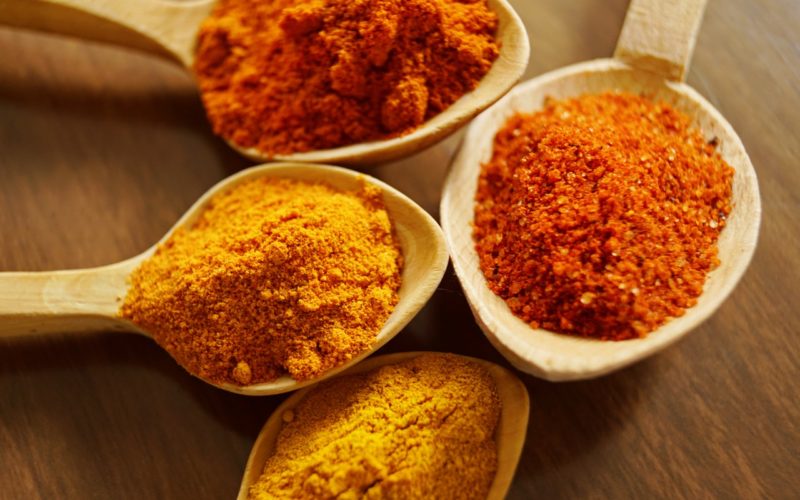The number of kratom users grows everyday. However, it is quite common to find references to the safety (or unsafety) of kratom in the media. Unfortunately, in many cases, news related to kratom talk about deaths, overdoses, and other dangerous risks. But is kratom really that dangerous? In today’ article, we’ll explore one of the things that give kratom a bad name can turn it into an unsafe product: adulterated kratom.
What Is Kratom and How Does It Work?
Kratom is a tropical evergreen tree in the coffee family native to Southeastern Asia. The leaves of the kratom tree contain a lot of active compounds, especially an alkaloid called mitragynine. Mitragynine is the most abundant alkaloid in the kratom leaves. And it is so important, that the botanical name of kratom (Mitragyna speciosa) refers to it.
The leaves of the kratom tree are first harvested and dried using different processes. Finally, when the kratom leaves are dry, they are crushed or grounded, and you have your kratom powder ready to use.

Kratom’s alkaloids act on the opioid receptors in your brain (such as the delta or kappa receptors). The opioid receptors are part of the opioid system. Your body produces certain peptides (endorphin, dynorphin, and leu-enkephalin) that manage pain, stress, emotions, mood, motivation or pleasure. These peptides are actually endogenous opioids (that is, your own body produces them). But there are many external substances that can mimic the action of these peptides when in contact with the opioid receptors.
Needless to say, opioids and opiates are among these substances. And because kratom also interacts with the opioid receptors, it is sometimes considered an opioid. However, in its pure form kratom does not have respiratory depression effects. Furthermore, there are many other products that bind to the opioid receptors, such as dairy products, spinach proteins or gluten. Therefore, the fact that one product acts on the opioid system doesn’t mean that such product is an opioid.
What Are the Main Effects of Kratom?
Millions of people are using kratom to treat different ailments and conditions. When the kratom’s alkaloids bind to the opioid receptors, they produce a series of effects:
- Analgesic
- Relaxing
- Euphoric
- Stimulating
- Sedating
- Mental clarity
The reason for this variety of effects lies in the dosage and the kratom variety. At low dosages, kratom is more energizing, while at high dosages, it is more relaxing. Also, white kratom strains are more stimulating, while the properties of red kratom strains are more sedating. Green strains comprise the whole spectrum of kratom’s effects, but in general, they are not so potent as the white and red varieties. Even so, green kratom strains are still excellent pain relievers and are great at producing euphoria.
Kratom Related Deaths
If you research on the internet about kratom deaths, you will find many articles. Back in February 2018, the FDA reported that kratom was responsible (or at least involved) for 44 deaths. However, these data were soon debunked by the media, as you can see in this article by journalist Nick Wing that proves that linking these deaths to kratom actually doesn’t make sense. In some of these cases, the autopsy found benzodiazepines, opioids, alcohol or other substances. But the FDA’s report also included the case of a man who refused treatment after falling out a window or a young man who hanged himself.
However, there are deaths associated with kratom that are the result of adulterated kratom. That is, a combination of kratom and other substances. In Sweden, adulterated kratom was the cause of several deaths. While some parties blame kratom for these deaths, the victims of these kratom deaths had consumed kratom adulterated with O-desmethyltramadol, an opioid analgesic found in Tramadol.
Other Risks of Adulterated Kratom
In its pure form, kratom is a safe product that could have many health benefits. But if you mix it with drugs, opiates, or other substances you get adulterated kratom, and that can have serious consequences. Your brain and your nervous system could react dangerously to a combination of products that might have such potent effects on them. That is what happened in the Swedish case.

So, kratom alone is not dangerous, but you should never mix it with opioids, antidepressants, anxiolytics or even certain products that people use as potentiators (such as dextromethorphan).
On the other hand, some sources point out that there might also be cases of kratom powder that was adulterated before being sold. According to some media, adulterated kratom may contain unnatural amounts of alkaloids (for instance, higher quantities of 7-OHM), adulterants like maltodextrin, E. coli or heavy metals.
How to Avoid Adulterated Kratom
First and foremost, you should never add dangerous adulterants to your kratom powder. That includes:
- Opioids and opiates
- Drugs, medications, or other natural products that act on your opioid system or your central nervous system
- Certain products that can potentiate kratom’s effects (such as dextromethorphan)
Of course, you should also be very careful when using kratom potentiators.
Buying kratom from reliable vendors is also crucial to avoid adulterated kratom. You should purchase kratom for purveyors that offer top-quality kratom in its pure form. Avoid buying kratom from sources that seem dodgy, such as vendors that don’t even have a web (such as eBay vendors) or whose web lacks reliable contact details. If you are not sure about the reliability of a kratom vendor you want to try, look for reviews and information online. Moreover, you can contact that vendor and check how they reply.


